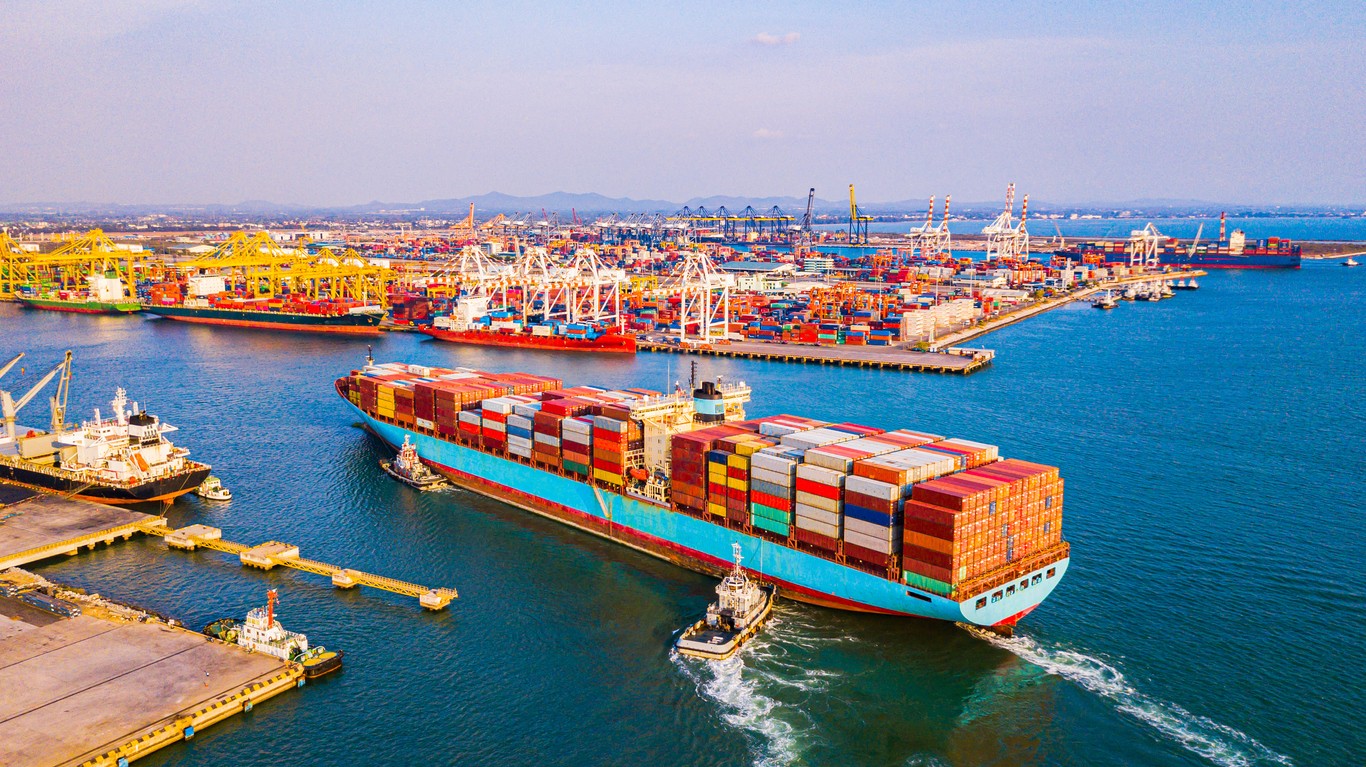
3 Possibilities for Reducing Freight Costs
August 3, 2021
Among businesses, the commercial shipping industry is one of the most volatile in terms of swings in costs. Shippers saw increased volatility in 2020; this volatility resulted in record-breaking increases in freight costs. With no end in sight to spiraling expenses associated with high freight rates, shippers are seeking solutions. One risk management tool that supplements commercial marine insurance is the analysis of shipping trends and predictions. In this guide, we will explore three possible scenarios that will help return freight rates to relatively normal industry levels.
The State of Freight Costs in International Cargo Shipping
Container shipping interests have experienced profound increases in freight costs beginning in 2020 and continuing through 2021. In a publish shipping index report compiled by Xeneta in the early part of 2021, long-term contracted ocean freight rates have risen 4.5% as compared to 2020 rates. Several factors led to the jump, including:
- Imbalances in exports between U.S./European interests and Asian manufacturers.
- Port congestion.
- COVID-related shortages of personnel and equipment at port facilities.
- Shifting consumer demands.
COVID’s grip on world economies continues to present challenges to commercial shipping interests. As variants of the coronavirus spread around the world, uneven consumer demand for goods and congestion in world ports will influence freight costs well into 2022, according to shipping industry analysts.
Scenarios for Returning Freight Costs to Normal Levels
Freight costs have skyrocketed, cutting into commercial shipping profits. Shippers utilize commercial marine insurance and many other risk management strategies to control expenses, yet volatility in the market prevents shippers from significantly freight rates. As these rates continue to reach or exceed records, shipping industry analysts have put together three possible scenarios that have the potential to return freight rates to pre-pandemic levels.
The first scenario is directly tied to consumer demand. As shippers experienced at different points during the height of the COVID pandemic, consumer demand was extremely volatile. Carriers stepped in to control capacity, canceling sailings by the hundreds and forming shipping alliances to solidify their position. This was a temporary solution, at best; rising demands necessitated an increase in cargo shipments, forcing carriers to back away from outright capacity control. It is unclear if shippers have the financial resources or the appetite to reduce capacity in sufficient timeframes or levels to bring freight rates in line with normal levels.
The second scenario targets carrier alliances. Regulatory agencies have long been leery of shipping partnerships, and the alliances’ capacity-reducing moves certainly increased scrutiny of these partnerships in the wake of the pandemic. Using anti-trust laws to break up carrier alliances would make it more difficult for shippers to manipulate the market and may even stimulate competition among individual carriers. More competition could lead to lower freight rates. The Federal Maritime Commission continues to investigate laws that would stifle the creation and activity of carrier alliances, but analysts suggest that this scenario is unlikely.
The third scenario is competition, which has a profound effect on costs in the shipping industry. Five years ago, when freight rates were at historic lows, competition led to the dissolution of several major global carriers while keeping rates down. If carriers were to engage in price warfare again, freight costs would begin to return to pre-pandemic levels. Of the three scenarios, this appears to be the most feasible; analysts suggest that carriers gain several advantages by increasing competition such as putting smaller competitors out of business and gaining a larger market share. It would take only one or two large carriers to cut prices to encourage others to compete fiercely for the remaining market share, and prices would drop across the commercial shipping industry.
For now, shippers continue to monitor market conditions. Commercial marine insurance is only one way of protecting against risks; shippers must also work to control costs wherever and whenever possible to preserve financial assets in uncertain economic conditions. The above scenarios may well influence freight rates in the coming years, leading to a return to pre-pandemic levels.
About Merrimac Marine Insurance
At Merrimac Marine, we are dedicated to providing insurance for the marine industry to protect your clients’ business and assets. For more information about our products and programs, contact our specialists today at (800) 681-1998.
